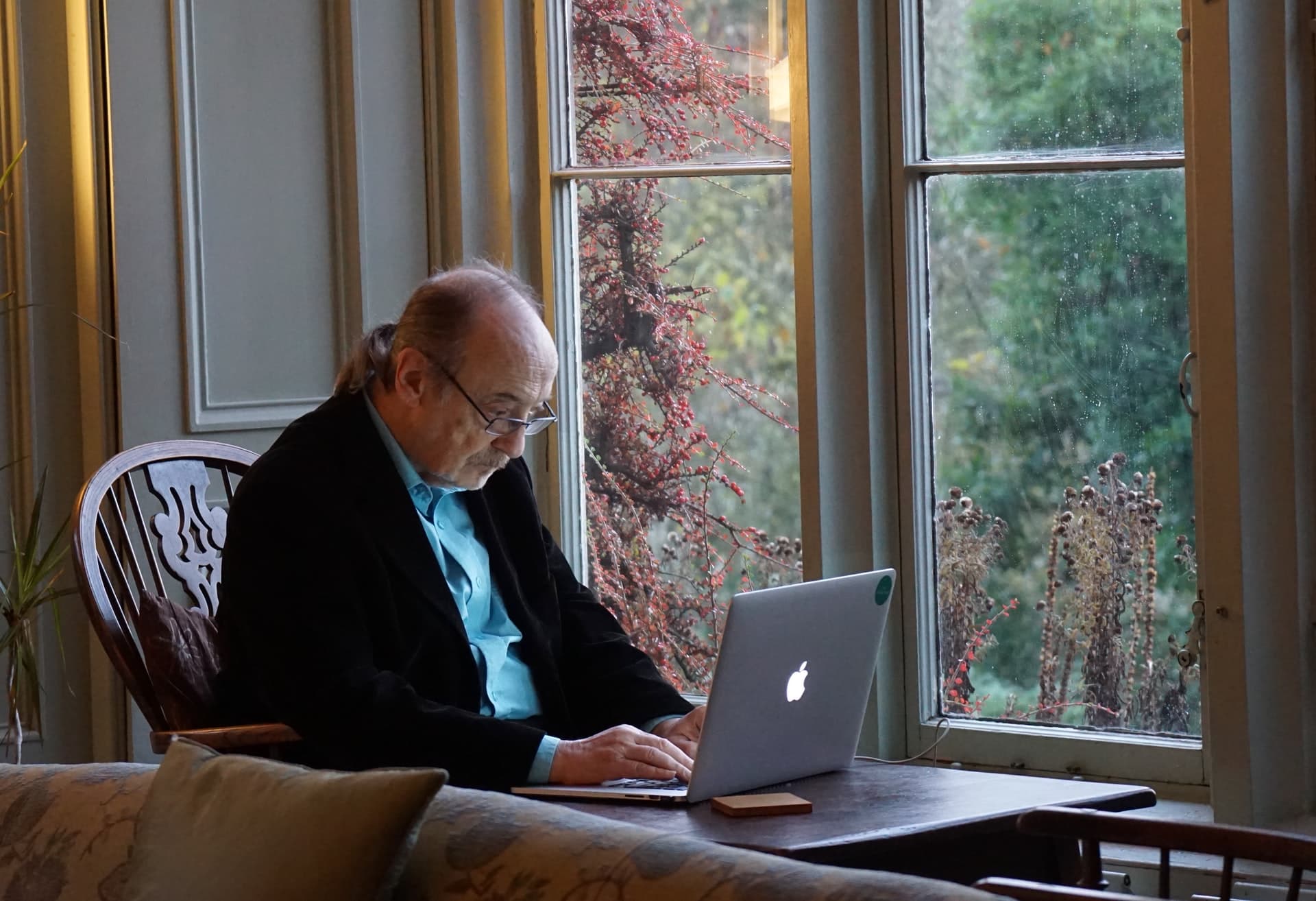DIY smart living: creating a caring place

We are building a conversation around the ten principles of a caring place. In this blog we asked Keith Quinn from the Scottish Social Services Council to reflect on how technology can support independent living for the ageing population. This blog relates to principle five: re-purposing and integrating technology.
Local authority social care spending increased by 46% (in real terms) over the eight years from 2002/03 to 2010/11. In 2016/17 local authority social work departments spent approximately £4.25 billion on social care services. (These figures can be found on the Scottish Government webpage about local government finance statistics figures).
We also know that projections for 2010-2035 are forecasting a 27% increase in the population over the age of 65. But there is an even more dramatic increase (82%) in the percentage of people who live to the age of 75 and over.
This becomes more alarming when set alongside the corresponding decrease in the population of working age, also forecast for the same period. This will clearly have an impact on the demand for services currently provided and/or funded by local authority social services departments.
Live well for longer
But beyond the financial and human recourse issues, the most fundamental of issues we need to consider is how we enable citizens to not only live longer, but live well for longer. A big part of that is avoiding the need to leave familiar environments simply because our homes and communities no longer accommodate our changing needs.
With that in mind, we need to rethink how we design our living and social spaces and build in accessibility by design. Accessibility needs to be redefined as being an issue for the majority of the population rather than a means of accommodating ‘special’ needs. After all, we are all going to age, no matter how far away that might seem!
Digital development
In addition to the demographic issues over the past ten years, digital technologies have become almost ubiquitous. Over 85% of the population own a smartphone, and the fastest growth in tablet ownership was among those under 12 and over 65. So we really need to abandon the stereotypical picture of older people being wary or uncomfortable with technology.
Touchscreens, mobile form factor and ‘always-on’ internet have driven the integration of digital technologies into our everyday lives. They have removed many of the psychological barriers that have prevented people from engaging with technology on a day-to-day basis.
To some degree, the technology has become almost invisible to the end user. To use it we no longer need to remember arcane commands and protocols. Just press the power button and it is on. Tap the icon for what you want to do and it loads instantly.
Almost by stealth, television has begun to morph from a broadcast service to an internet streaming service. And with the addition of small (and at times, tiny) adapters, televisions can transform from a ‘dumb’ TV into a smart, internet-connected home hub.
Home automation
We are beginning to see the development of off-the-shelf home automation via products like the NEST and HIVE thermostats. Voice recognition-based user interfaces are also maturing rapidly. Both Apple and Samsung developed frameworks to allow developers to easily create apps and services for smart homes.
HomeKit is Apple’s framework for communicating with and controlling connected accessories in a user's home. Similar to HomeKit, Samsung SmartThings is both a hardware platform and software framework for communicating with and controlling connected accessories in a user's home. These development frameworks, and the availability of affordable AI-driven smart speakers, signpost the future of affordable smart care spaces.
Major tech corporations are now investing billions of dollars developing smart home and health and wellbeing technologies. Creating a smart living or smart care space at a base level is now available off-the-shelf.
There will always be a place for specialised, bespoke technology for care. But the rapid expansion in capability and availability of consumer technology will drive the potential of creating smart living and caring spaces.
There is no doubt that corporations such as Apple, Samsung and Google see the potential for significant profit in their research and development investments. But the side benefit for end users is the attention to user-experience design that comes with their involvement in the smart living arena.
For service providers, there are other potential gains from using off-the-shelf tech for telecare. The learning curve tends to be fairly shallow, ongoing support is readily available, and we can move beyond the “sheep-dip” approach to training staff to working with assistive technology.
Affordable and ready to use technology
By realising the benefits of off-the-shelf technologies and combining these with specialised provision, we can hopefully make support services less intrusive and more mainstream.
Affordable, readily available and easy to use technology is paving the way for supporting people to look after themselves in their own homes for longer. As it is for supporting them to live well for longer.
About the author
Keith Quinn has over 30 years’ experience in the social service sector and has spent the last 20+ years working in learning and development. Currently he leads a small team at Scottish Social Services Council whose remit is the design, development and support of digital learning.
Header image credit: Beth Macdonald on Unsplash
Share your story
If you would like to share your knowledge and experiences of what it takes to design caring places, get in touch.
